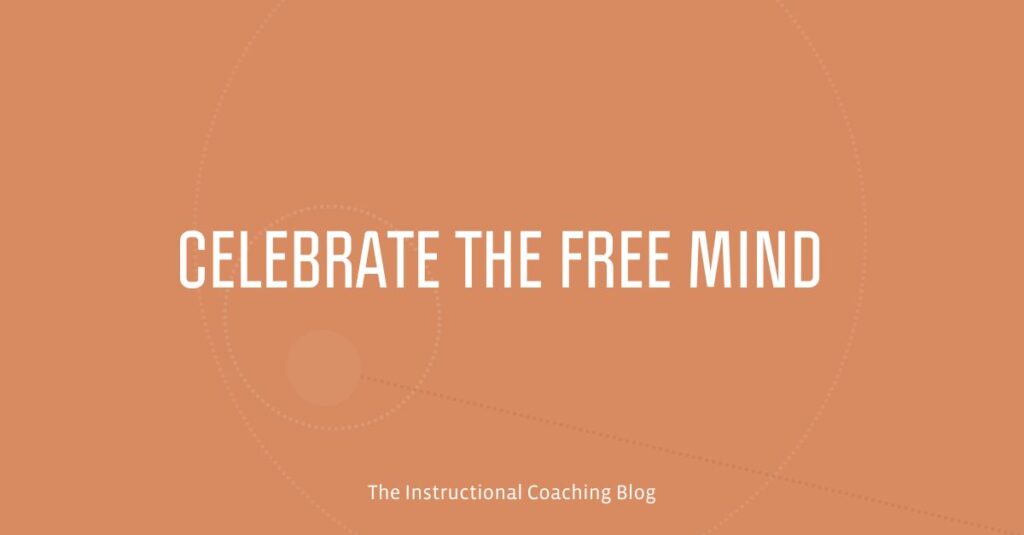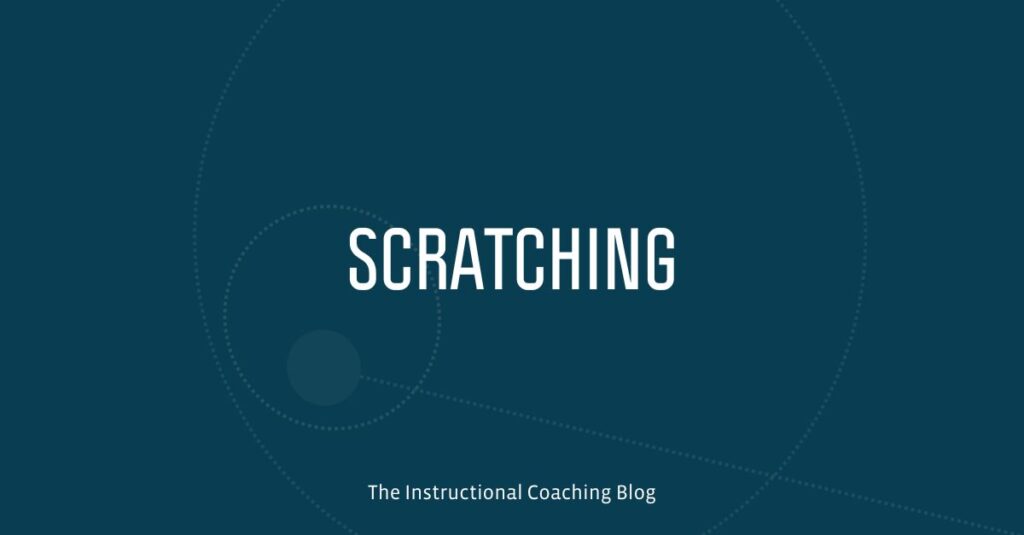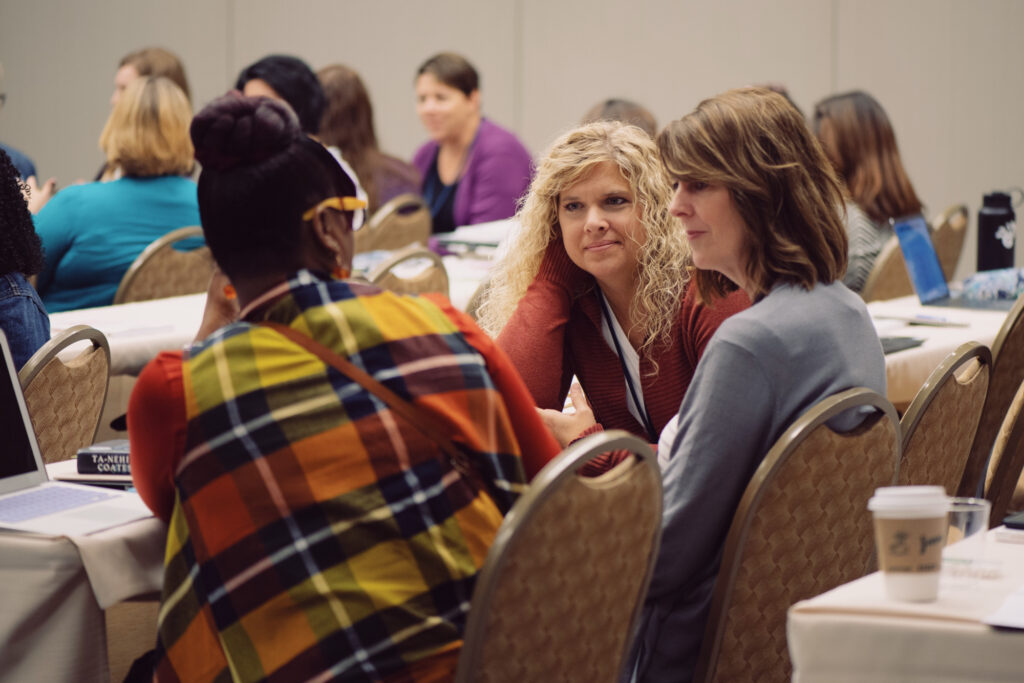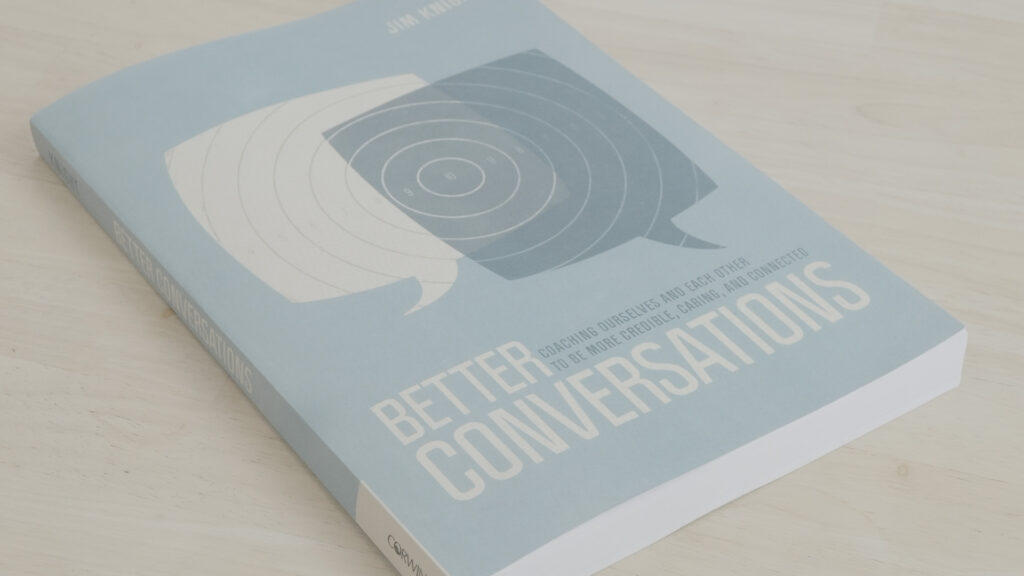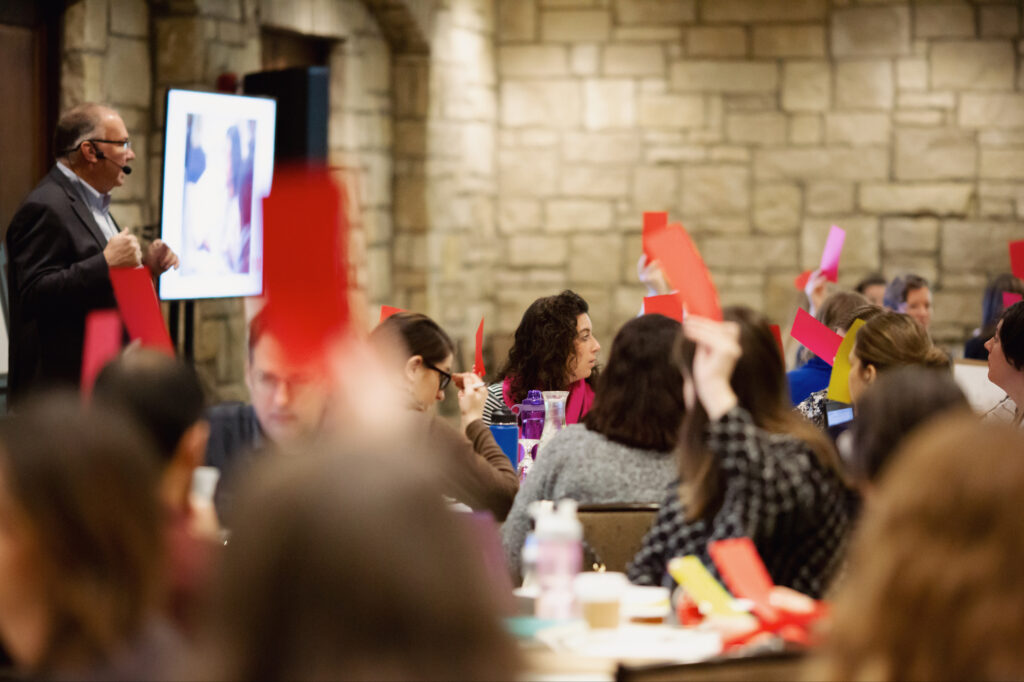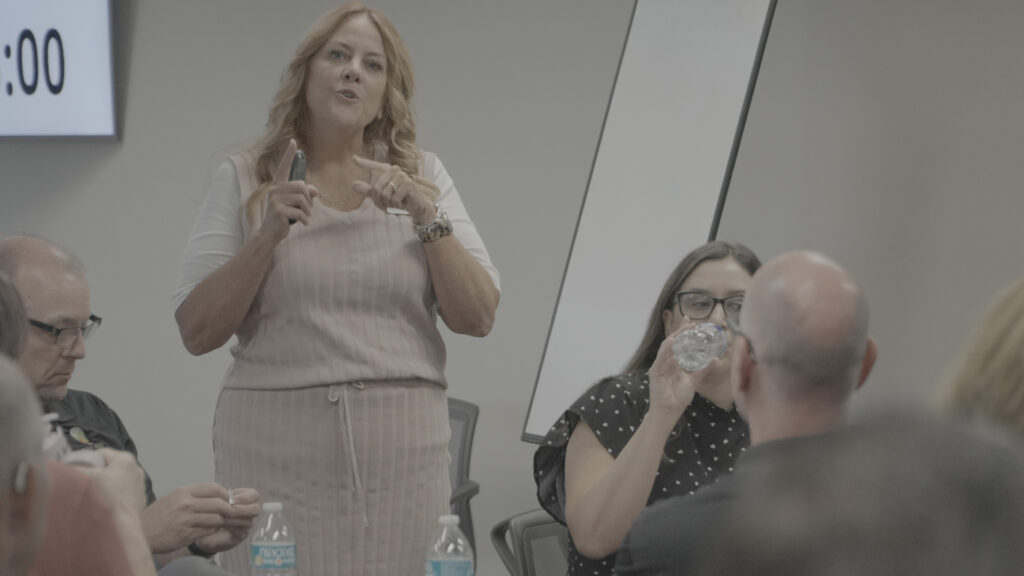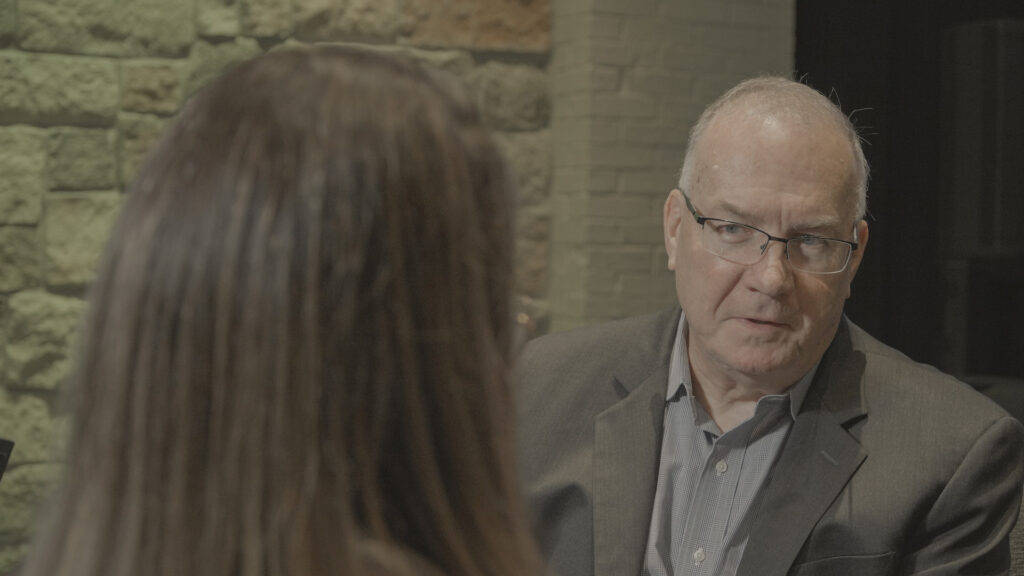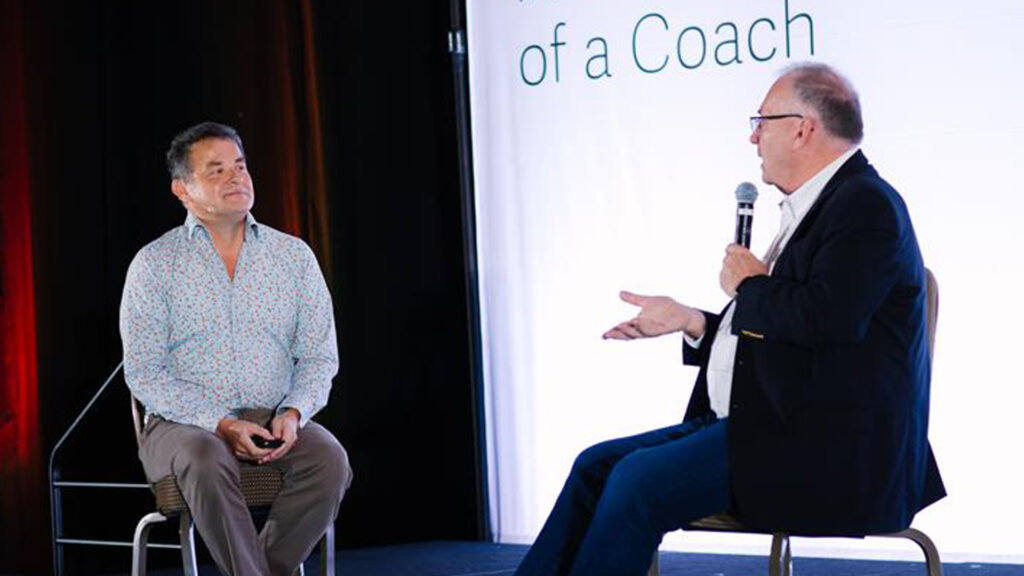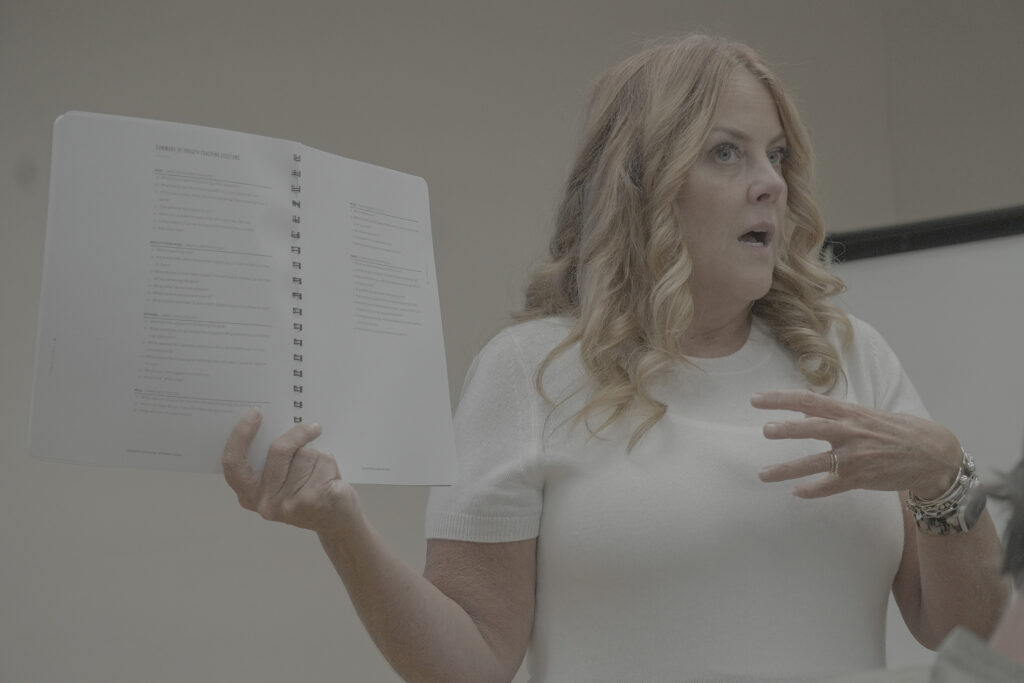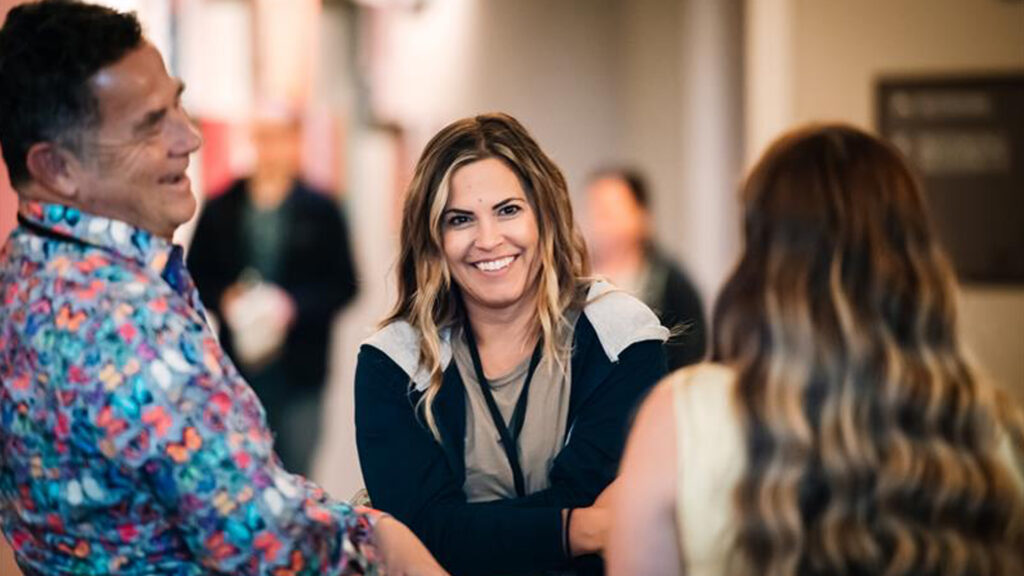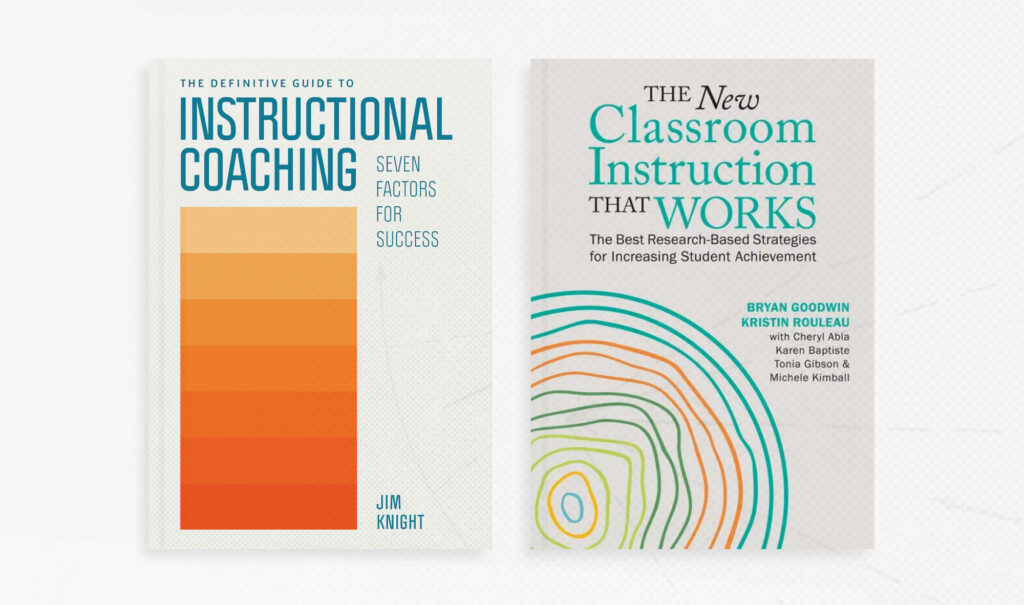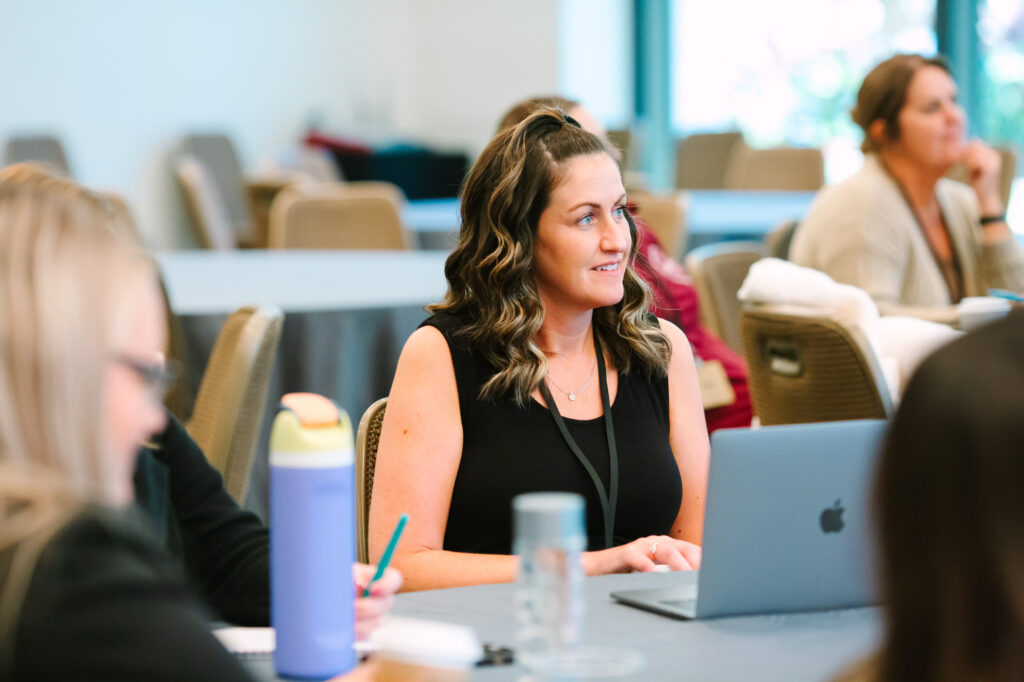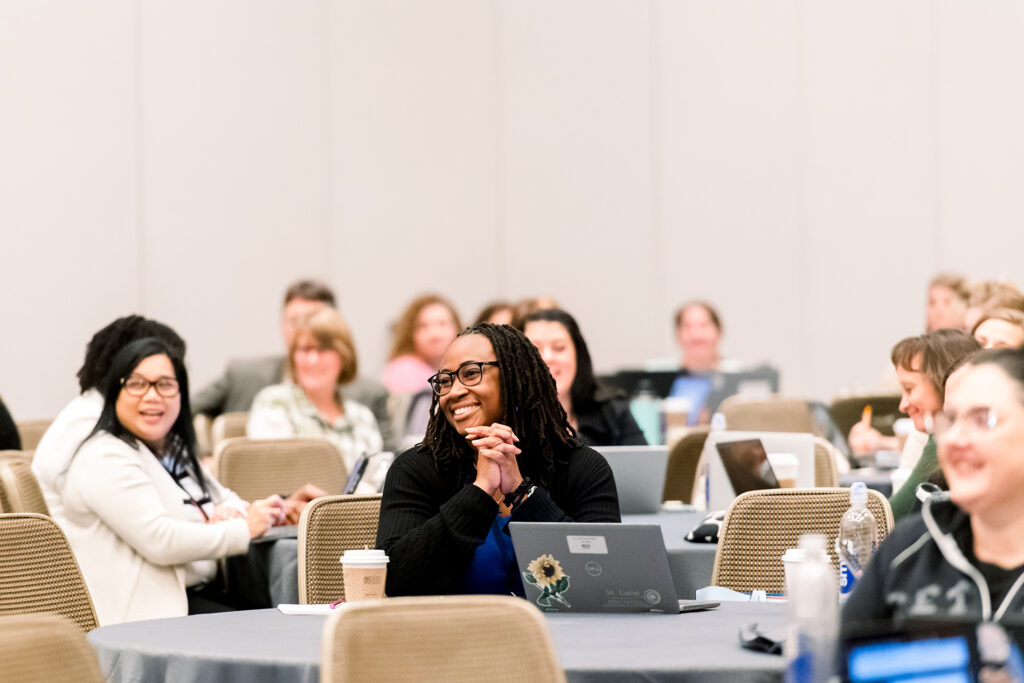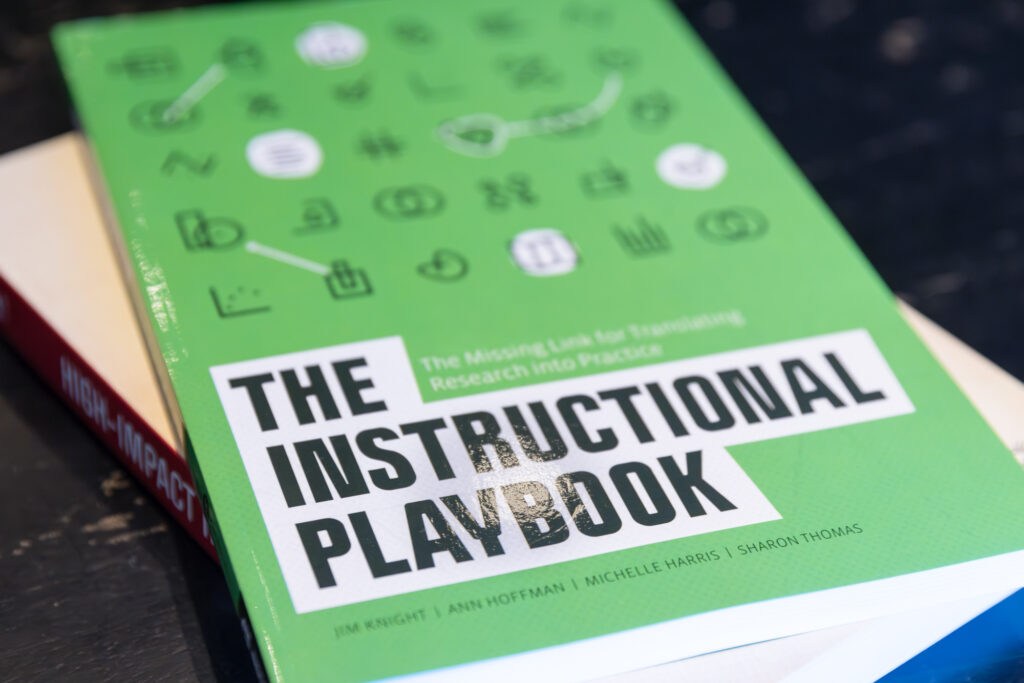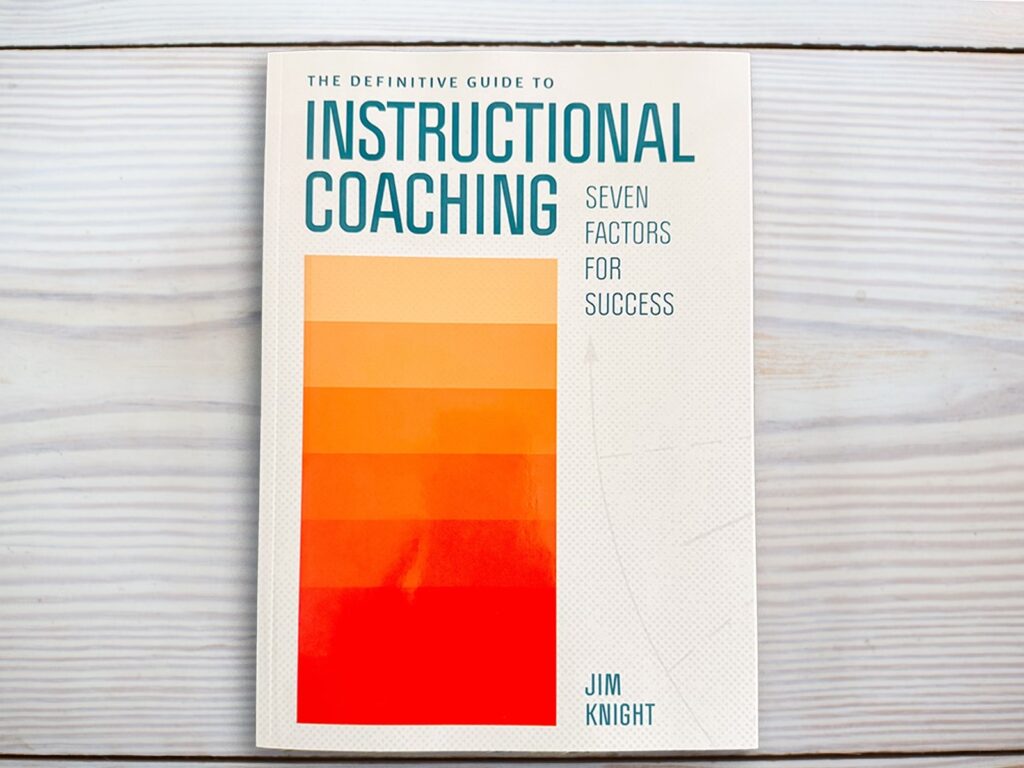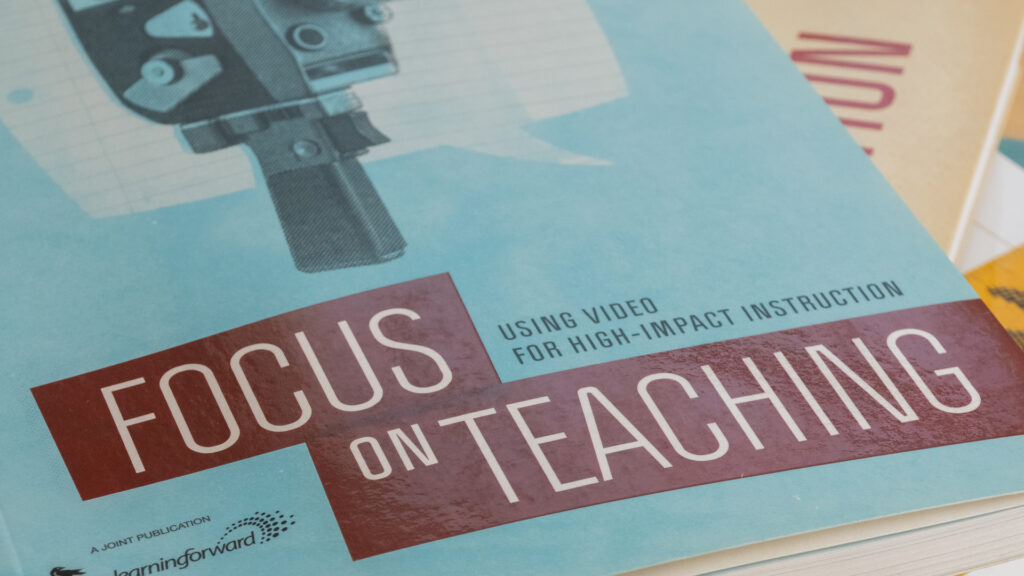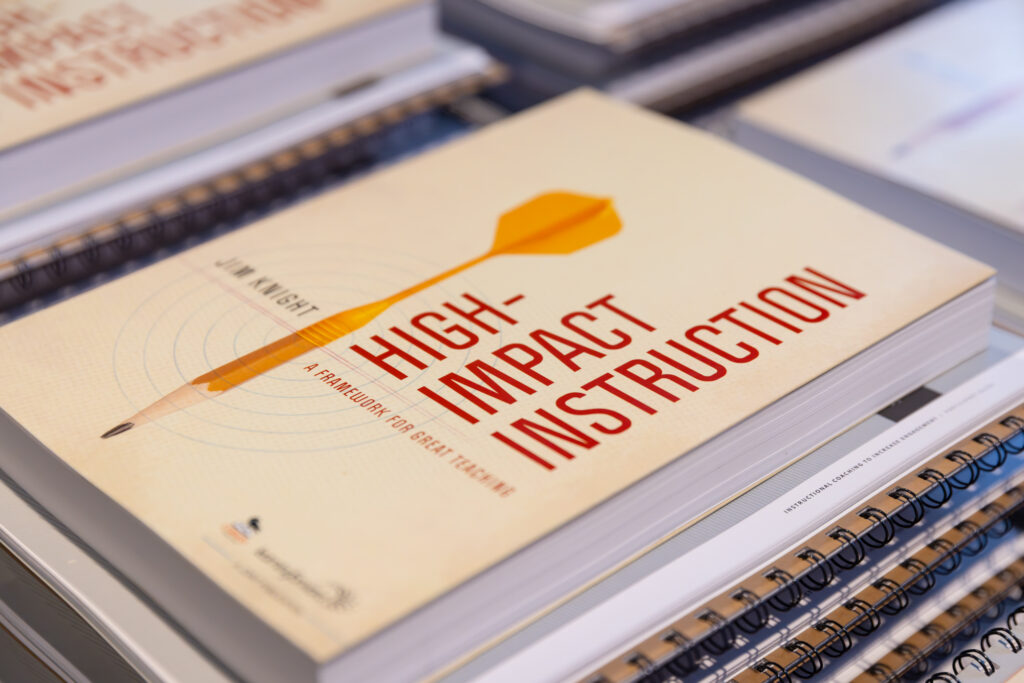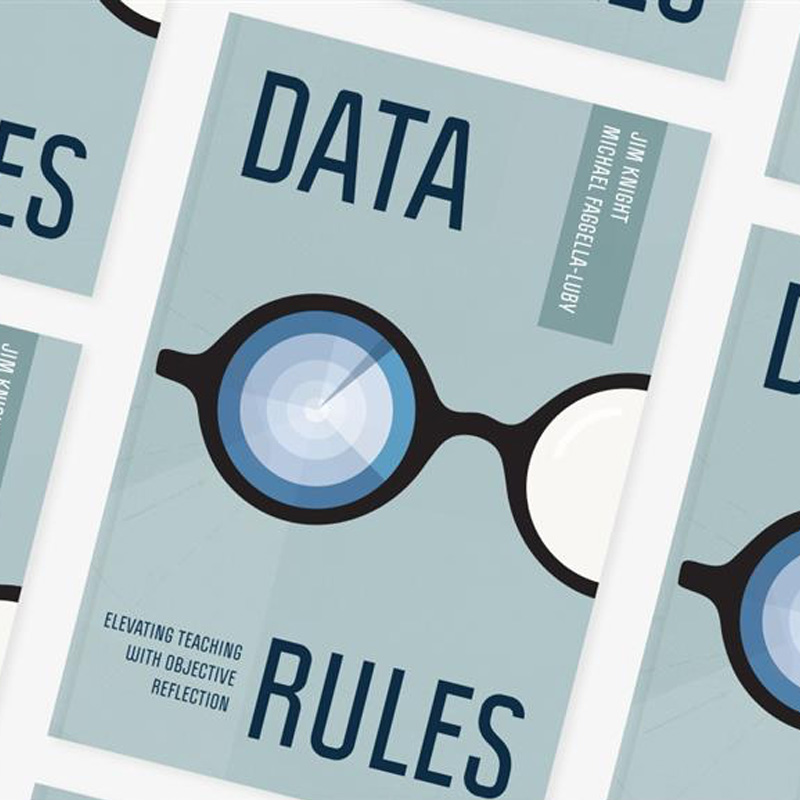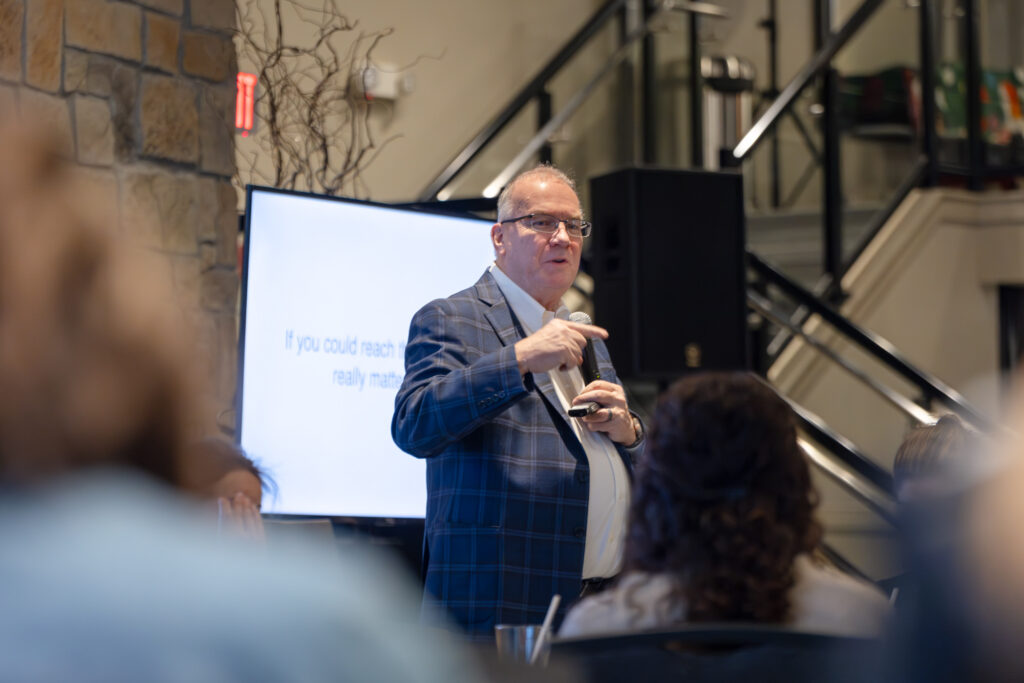This is an early version of a section from my forthcoming book coming out at the end of this year.
Using a video camera to learn about your teaching is like looking into a mirror.
–Beth Sanders, Teacher, Birmingham, Alabama
Perhaps the most important reason why video is so useful for professional learning is it helps us see exactly what it looks like when we teach or our students learn. This is important because professionals often do not have a clear picture of what it looks like when they do their work.
In our research conversations, teachers and coaches tell us that when they see video recordings of their lessons, they are often amazed at what they see. Often, teachers are pleased to see evidence that their lessons are working. In other cases, teachers are disappointed (and every coach told us that teachers tend to be extremely hard on themselves) by what they see. Often teachers are both pleased and disappointed.
Kimberly Nguyen, a teacher in Michigan, watched two different classes she was teaching: her most and least engaged. Kim was surprised to see that she was a different teacher in each room. During our interview, Kim said, “What I really noticed was that, with the engaged group, I am much more animated and I interact more. With the second group, I really struggle with my mood and my response time is lower. In that class I think I am really boring.”
People, we have learned, often have the same experience as Kimberly: they do not know what it looks like when they teach until they see the video. And, because they are unaware of what it looks like when they teach, educators often do not feel the need to change. They might be open to trying new practices, but they don’t feel compelled to change.
James Prochaska’s research into the personal experience of change provides us with some language for describing and understanding why people are so surprised by what they see in video recordings. Prochaska conducted more than 55 clinical studies of change with more than 1,000 people and concluded that the first stage of change is what he refers to as “precontemplation.” Change begins with people “pre” “contemplating” change. That is, at the start, people aren’t even thinking they want to change. Prochaska writes, “G.K. Chesterton might have been describing precontemplators when he said, ‘It isn’t that they can’t see the solution. It is that they can’t see the problem.” (p.40)
Our work with teachers, coaches, and principals has led us to similar conclusions. When we show videos of lessons to teachers, their response is often that they had no idea that the class looked the way it looked on video.
Beth Sanders, a teacher in Alabama, said that watching video puts you inside the situation of your class: “It is much different being in the situation versus being outside the situation looking in. It is really important to me that I am kind of getting the full circle view of my classroom and seeing these are things that matter and these are things that could be better, and things that I can do to hopefully make things better by watching my class.”
Watching yourself on video feels similar to the unsettling experience of hearing a recording of your voice for the first time—to the power of ten. There are many reasons why people are precontemplative, why they have so little awareness of what it looks like when they do the work that they do. Three main reasons are the complexity of teaching, habituation, and confirmation bias.
The Complexity of Teaching
Anyone who spends a short period of time in a classroom, will quickly realize one big reason why teachers sometimes have an incomplete understanding of everything that occurs in their classroom: teachers have too much to think about while teaching to also be able to step back and oversee everything happening in their class. In one introduction to teaching, the authors write that “teachers make somewhere between 800 and 1,500 decisions every day” (Kauchak & Eggen in Introduction to Teaching: Becoming a Professional, 2005, Chap. 2, p. 55). Teachers must think about delivering material, monitoring student learning and behavior, setting up activities, maintaining engagement, all while keeping an eye on the clock, and so for most of us, it is extremely difficult to step back and take in everything that is happening in the class while teaching.
Habituation
A second reason why many professionals struggle to get a clear picture of reality is a phenomenon psychologists refer to as habituation, the fact that we lose our sensitivity to just about anything we experience repeatedly. Through habituation we can become desensitized to any experience, pleasant or unpleasant, beautiful or ugly. This means that what at one time would have been impossible not to see can eventually become practically invisible. When habituation happens to us in the classroom, it can have dire consequences.
First, educators can forget about the true joy of this work, how important and beautiful it is to teach, to empower students to read and write, to become numerate, to help them transcend their social status, to mentor them to be the first in their family to go to college. Second, teachers can stop seeing children when they aren’t learning. They can stop noticing students who are bored, wasting time, or hating school. They can come to believe that off-task behavior and poor performance are all that can be expected from students. Teachers can also getting a much better understanding of how they treat students, becoming more aware, for example, of the positive ways they encourage students or the negative ways they let emotions interfere with fluent corrections.
Confirmation Bias
Another reason why we may not get a clear picture of reality in the classroom is confirmation bias. In Decisive, Heath and Heath describe that confirmation bias is our natural tendency to seek data that supports our assumptions: Our normal habit in life is to develop a quick belief about a situation and then seek out information that bolsters our belief… Researchers have found this result again and again.
When people have the opportunity to collect information from the world, they are more likely to select information that supports their preexisting attitudes, beliefs, and actions (Heath & Heath, 2013, p.11).This tendency to seek out support for our beliefs can keep us from getting a clear picture of reality. Thus, for example, we might take correct answers of four students as evidence that all students are learning, or we might take a students’ failure to learn as evidence that the student lacks motivation rather than a prompt to change teaching.
Our tendency to seek out data that confirms our biases is further increased by the anxiety we feel when we realize students aren’t learning and we don’t know what to do. We might be especially inclined to find proof that we are not at fault if students aren’t learning and we don’t know what to do to turn their learning around.
The power of video is that it cuts through habituation, confirmation bias, and the complexity of teaching to show a real picture of what is happening.
